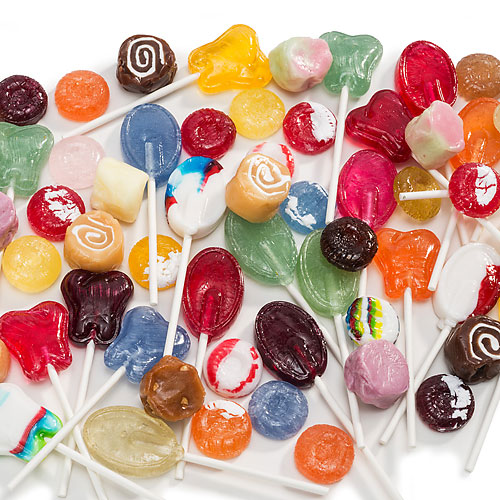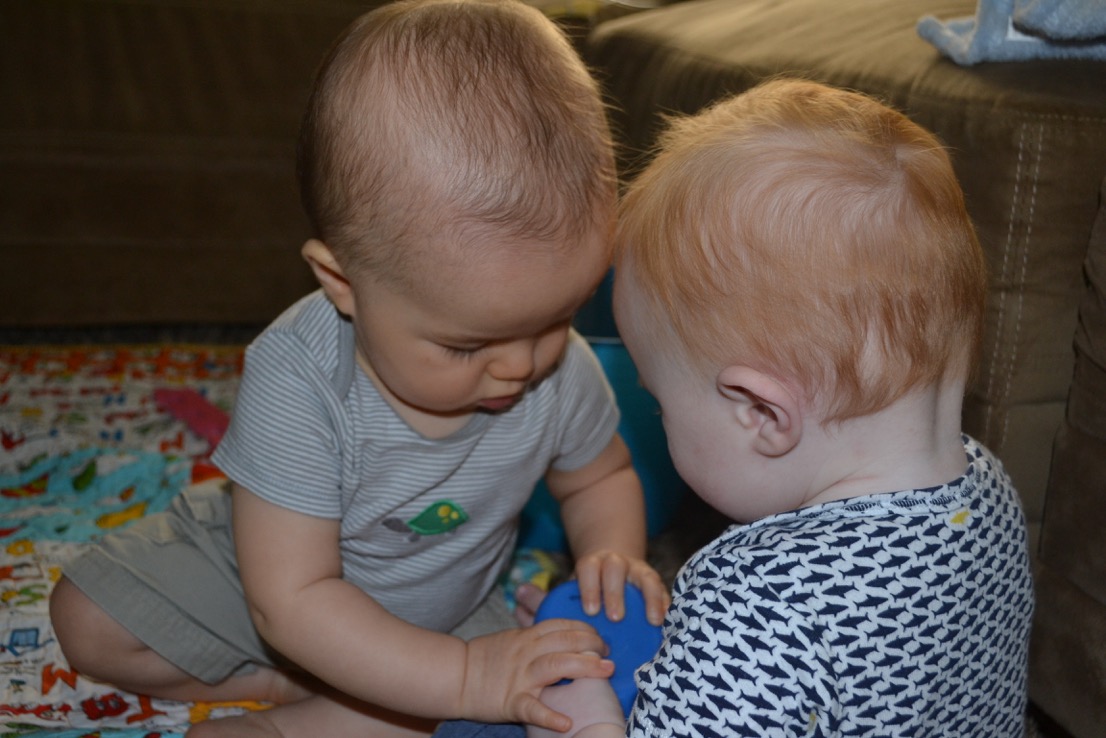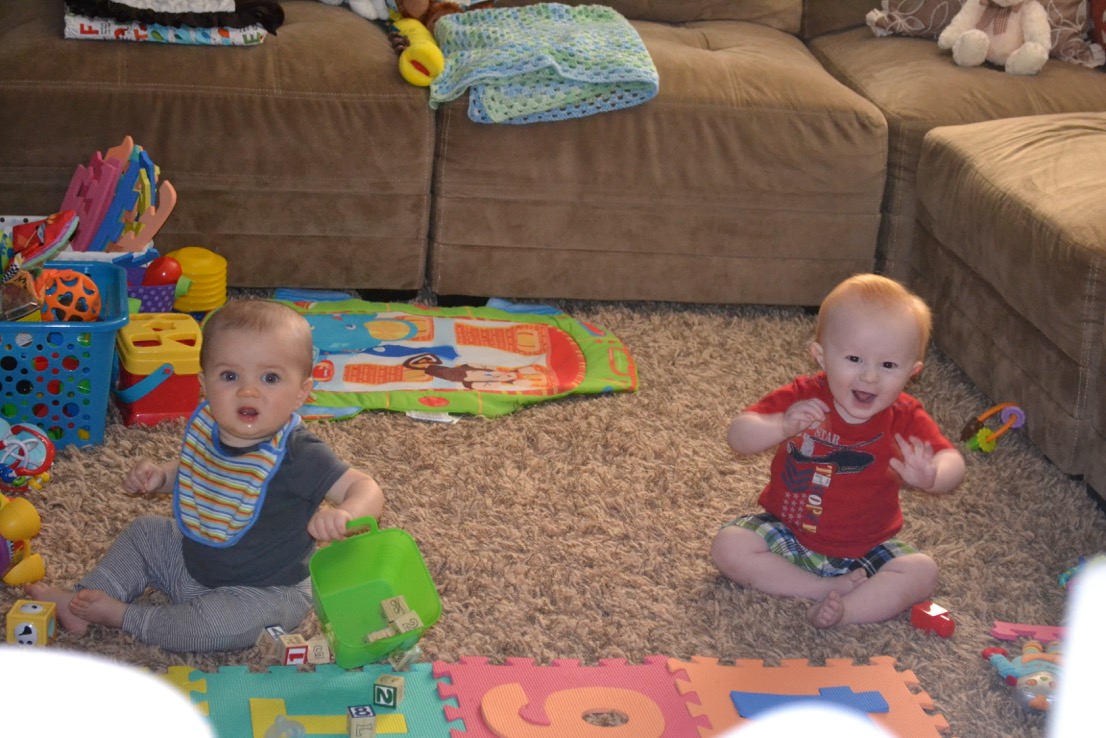Like any hard object, enamel tends to crack or fracture when subjected to a large amount of force. Hence, broken teeth are a very common source of dental pain. Symptoms can range from mild discomfort to pain when chewing or a constant radiating soreness. They are sometimes preceded by an audible "crack" or "pop" while chewing a hard object. No matter your current state, a cracked tooth needs to be addressed by a dentist before the symptoms will subside.
One of the trickiest parts of treating cracked teeth is that they are difficult to see. Traditional X-Rays frequently miss cracks, as they are trying to represent your three dimensional tooth in a 2-D image. Visual inspection will reveal some cracks, particularly vertical fractures through the crowns. However, smaller crack and cracks in the root area are impossible to spot with the naked eye. The most reliable way to see if a tooth has broken is by imaging with a Cone Beam CT scanner. Here, a specialist (often times an endodontist or oral surgeon) will take a 3D image of your tooth, revealing any cracks or defects throughout its structure.
Once a tooth is confirmed as cracked, it will typically need to be extracted. Large splits in enamel running into root structure are impossible to repair or remineralize. Still, some shallower cracks in ideal locations can be treated with a crown and/or root canal. Here, the actual cracked portion of the tooth is removed, preventing the possibility of the defect propagating and getting bigger. However, it is important to note that these conditions are rarely met and extraction is the most typical course of treatment for a broken tooth.
The most important thing to remember is don't wait and suffer in pain! Especially if you have pain while chewing or feel your teeth "flex" or "shift" when you bite down, there is a good chance you cracked your tooth. This discomfort will not resolve on its own; in fact there is a good chance it will worsen with time. If you have any type of dental discomfort, call our office as soon as possible. We can help you alleviate pain, reach a proper diagnosis and plan for the best course of action for getting your mouth back to normal.

























